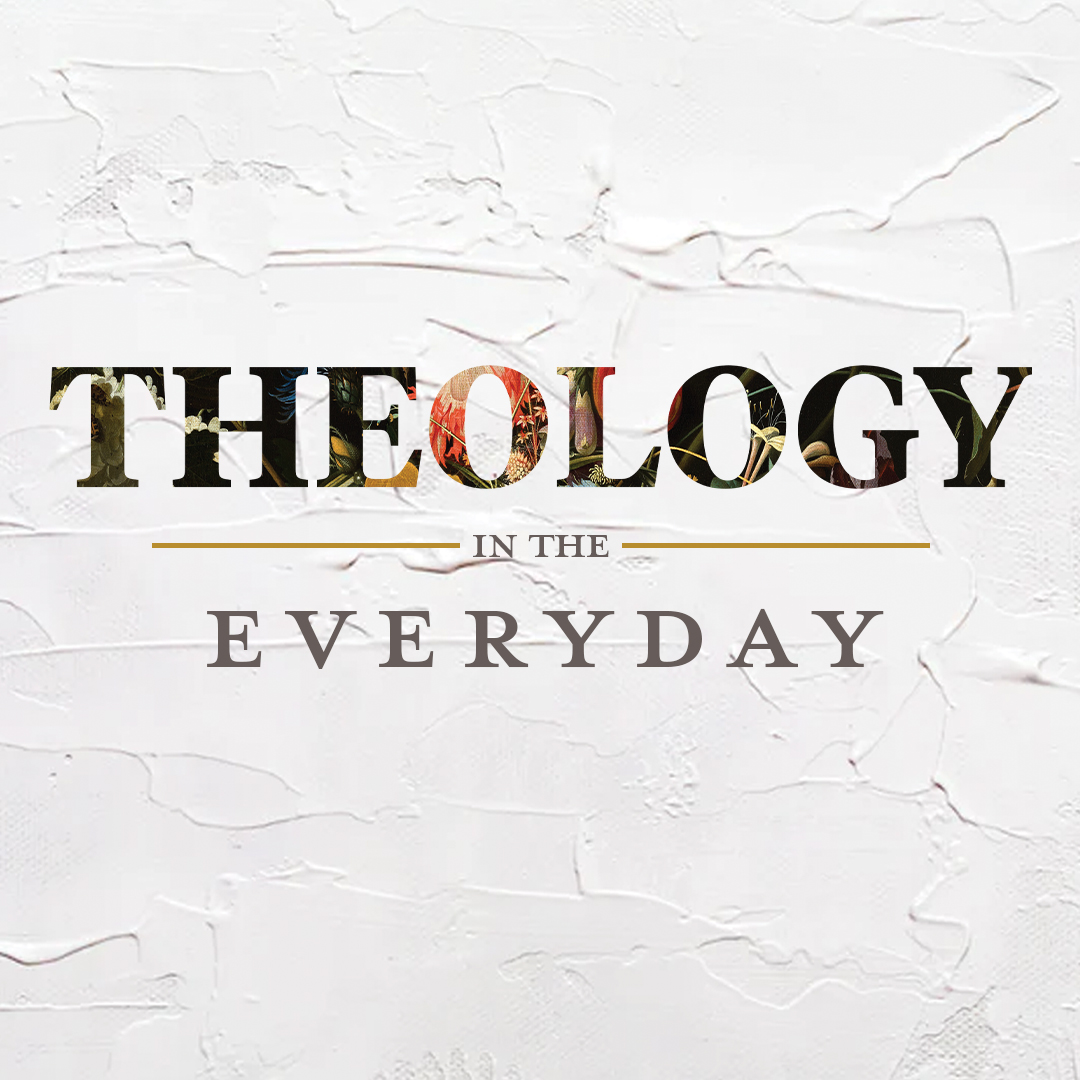

Editor’s Note: The Theology in the Everyday series seeks to introduce and explain theological concepts in 500 words or less, with a 200-word section helping explain the doctrine to kids. At For The Church, we believe that theology should not be designated to the academy alone but lived out by faith in everyday life. We hope this series will present theology in such a way as to make it enjoyable, connecting theological ideas to everyday experience and encouraging believers to study theology for the glory of God and the good of the Church. This week, divine aseity.
You and I live in a world full of contingency and dependence. We require food for sustenance, water for hydration, rest for productivity, and the list goes on. To be human is to have needs, to be dependent is the lot of mankind, and we will never attain the independence and self-sufficiency we so often desire. If we did, we would no longer be human. The glories of independence and self-sufficiency are reserved for only one Being – namely, God. In Him all of our needs and dependencies find their rest, their true home and fulfillment in the only One who is self-existent, self-sufficient, free from all need or want, the source and plentitude of all life.
All of these are ways in which we can describe the aseity of God, a word that simply means that God is life in and of Himself. The term aseity comes from the Latin phrase “a se,” which means “from oneself.” When theologians speak of God being a se, they are trying to put words to the glorious reality that God does not derive His being or existence from anything outside of Himself. He is self-existent, meaning that He just simply is in the truest sense of the word.
In Psalm 36, David confesses that God is “the fountain of life,” the ever full and overflowing well of being from which we derive our life and breath (Psalm 36:9). All creation finds its true source and final end in the God who is uncreated, giving life and being to the world because He is life and being itself. This is why Augustine, in Confessions, speaks of God as “being in a supreme degree.” For God, it is “not one thing to be and another to live,” for in Him “the supreme degree of being and the supreme degree of life are one and the same thing.”[1]
Even God’s covenant name is a testimony to the reality of His self-existence. In Exodus 3 when God meets Moses in the burning bush to reveal His plan of salvation for the enslaved nation of Israel, He instructs Moses to tell Israel that “I AM” has sent him and will deliver Israel from their slavery (Exodus 3:14). And so He does. The God who hears Israel’s cry and delivers her from her bondage does so out of an immeasurable well of grace that finds its source in I AM, the God who simply is, just as His name declares.
For the Kids:
In the book of Genesis, the Bible tells us that God created the world and everything in it. The light you see shining every morning through your bedroom window, the clouds you see sailing through the sky on a sunny day, the stars you see beaming with light on a clear night, and much, much more, all came from God. God even created you, and He loves you and knows everything about you.
However, unlike you, me, and the world all around us, God was not created by anyone or anything. In the book of Psalms, the Bible teaches us that God is “the fountain of life,” which means that God is always alive, and He does not need anyone to create Him or give Him life. This also means that you and I are alive because God gave us life, and every breath we breathe and step we take comes from Him. He is always watching over us and caring for the world He created. Because He is always alive, we can trust Him to give us all that we need.
[1] St. Augustine, Confessions (Oxford: Oxford University Press, 2008), 8.

